Flavor characteristics of washed Yega Coffee Bean Story explain the steps of hand washing Yega Banko

Professional coffee knowledge exchange more coffee bean information please follow the coffee workshop (Wechat official account cafe_style)
Coffee originated from Ethiopia. in Ethiopian families, coffee is a common drink that promotes friendly relations. Now, coffee has spread all over the world, and Qianjie has been working silently in the boutique coffee industry for seven years. Qianjie also found that Essel's coffee bean flavor is favored by coffee lovers, among which the coffee flavor dominated by citrus and lemon flavor has the highest click rate.
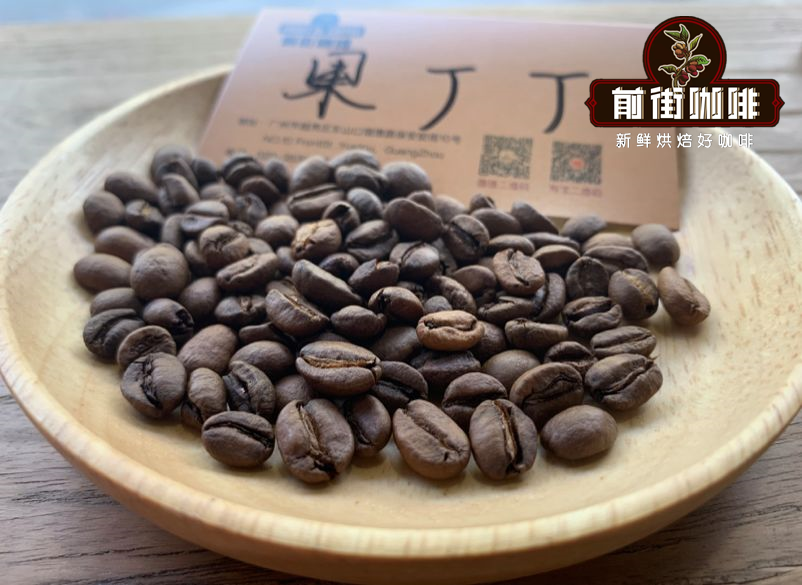
The flavor of each type of coffee has been decided from the moment the fruit of the coffee is removed from the tree, and every step done later is the process of reducing the flavor of the coffee. Therefore, Qianjie is careful in both the baking stage and the brewing stage. Conscientiously and responsibly to achieve perfect so that the basic flavor of the production area can be fully demonstrated, so that Qianjie's efforts will not be wasted.
In fact, everyone comes to Qianjie to taste each kind of coffee has its own story, how to tell this story, this is a very important thing. As mentioned in this article, Yejia Xuefei Coffee, which comes to China from a foreign country, appears in the Qianjie coffee bean list, and each link will affect its coffee flavor.
Yegashafi started out as a small town in Ethiopia, the highest coffee-producing area in the country. At first, it was not divided separately. The Yegashafi producing area is a small producing area in Ethiopia's Sidamo province. When everyone drank the flavor of Yegashafi Coffee, it made everyone feel very special, so gradually, Yega Xuefei was declared independent from Sidamo by EXC, becoming a new producing area of Ethiopia and establishing a new coffee brand.
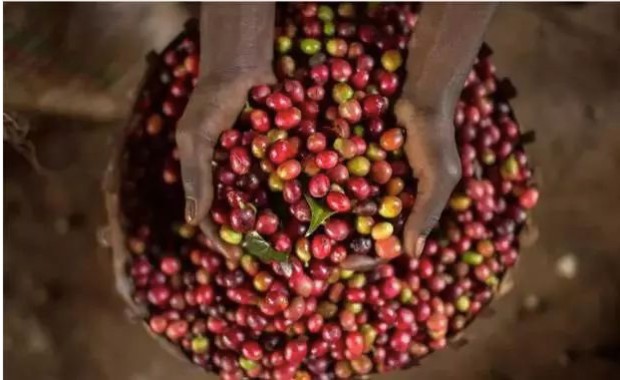
If a cup of coffee costs only $3, then only $1 belongs to the grower. This situation shows that many coffee producing areas are limited by economic conditions, and the way coffee is processed will not be too modern. The economic conditions of Ethiopia do not allow the establishment of large estates or large processing plants, so the production mode in Ethiopia is generally based on local small farmers to send batches to cooperatives for unified treatment. They usually handle coffee in the sun, but they also have their own washing plants. In the past, many guests on the front street often drank Ethiopian washed beans, and by comparing the sun-red cherries on the front street with Ethiopian coffee beans with water-washed fruit cubes, they found that they preferred to use washed Yega Xuefei coffee beans.
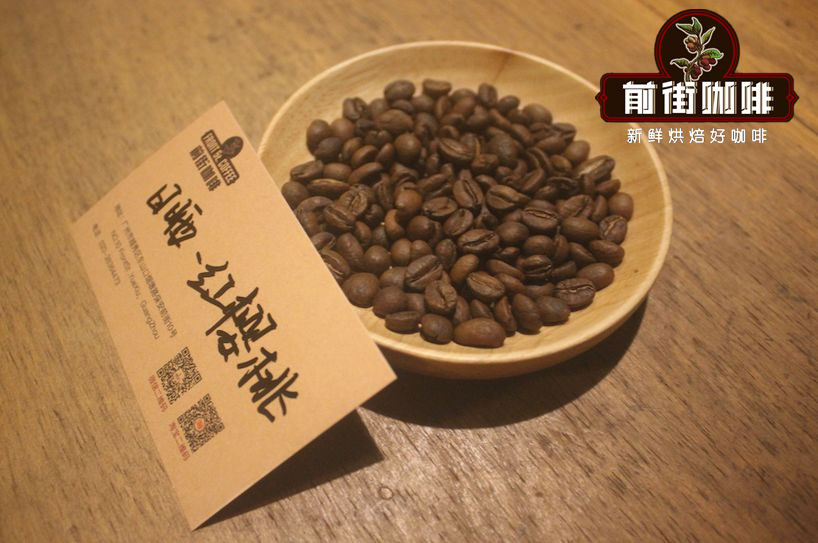
In front of the street, it is preferred to use a higher water temperature, such as 91 degrees, when cooking Yega Chuefei fruit for guests. Because the front street fruit is lightly baked, it needs a high water temperature to boil out the flavor of the fruit. Qianjie brewing coffee likes to use the powder content of 15 grams, the proportion of 1:15 powder to brew this coffee. When you drink this coffee, you will find the bright citrus fruit with acidity and distinct flavor.
When the baristas brewed this coffee in front of the street, many attentive guests noticed that the beans were of different sizes and uneven when they were washed with water. Then some guests questioned whether your beans were really from Ethiopia and whether they were mixed with other bad beans. So, Qianjie explains here that the beans in Qianjie must really come from Ethiopia, and the reason for the different sizes of these beans has something to do with Ethiopia's own coffee management model.
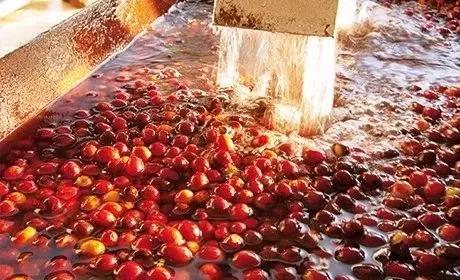
As the hometown of coffee, the variety of coffee in Ethiopia is very large, and there are still a large number of wild coffee varieties in Ethiopia. Therefore, so many coffee varieties are collectively referred to as local native species. Just like most large estates, the coffee inside is planted with bourbon varieties, so the beans must be more uniform in size. Well, Qianjie is giving you an example. For example, a certain manor, a piece of land, grows bourbon coffee, tin pickup, Kaddura, Kaduai, and Castillo coffee varieties, these coffee varieties are mixed in the same field, so when farmers collect coffee, they simply do not distinguish which coffee tree species, directly receive the ripe coffee fruit in the same basket, so The coffee beans purchased by the merchants are definitely of different sizes.
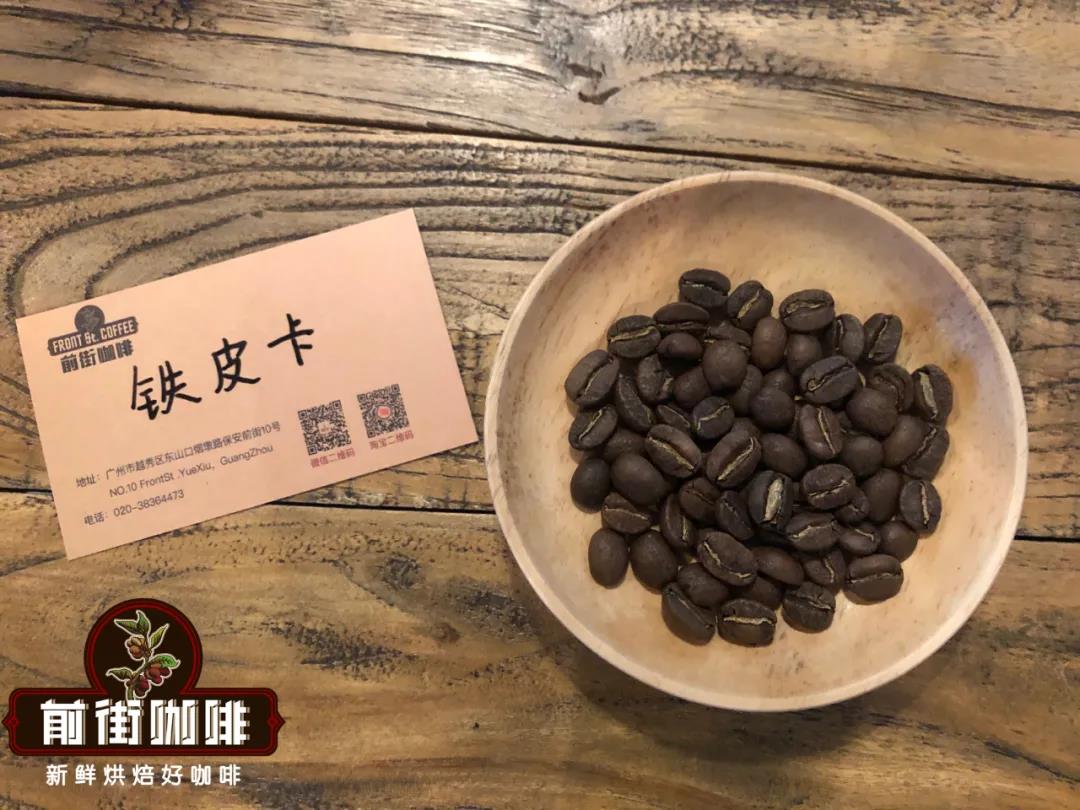
The harvesting process of this Esser bean in front street is collected in this way, so guests in front street will find that Ethiopia beans are of different sizes. This is a very correct phenomenon for beans from Ethiopia. Qianjie is a little bit simple to say, Yejia Xuefei coffee variety is a local native species, small granule, more round appearance, very small bean body, bean size difference is very big.
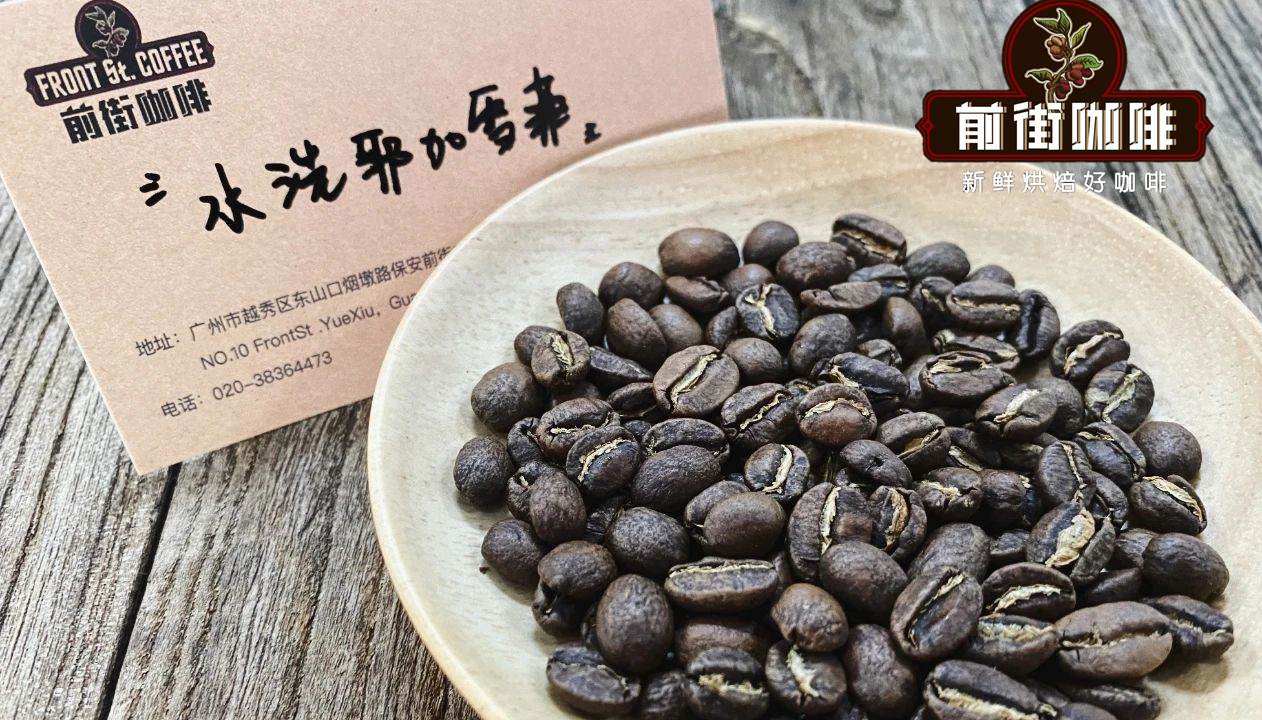
Therefore, Ethiopian coffee has also produced its own grading system. According to previous accounts, generally washed coffee beans are graded using G1Magi G2, and the smaller the number is, the higher the grade is, while G3, G4 and G5 are used for sun treatment. However, it is said that a new grading standard has emerged in Ethiopia now.
If people often come to Qianjie coffee shop, there are many samples of raw and cooked beans in the shop in Qianjie. Generally speaking, raw beans washed in water are turquoise and those in the sun are yellowish green. The difference between the two is also very big, you will find that there are more silver skins of coffee beans treated with water, while the silver skins of beans treated by the sun are relatively less than those treated by water washing. Of course, the degree of baking also has a lot to do with the silver skin. The deeper the baking degree, the cleaner the silver skin will take off. Essel's coffee is generally treated in the traditional sun, but in order to steadily produce high-quality coffee beans, water washing is also used to treat coffee. Yega Xuefei fruit dingding in the front street is treated with water. There will be citrus and black tea in the entrance.
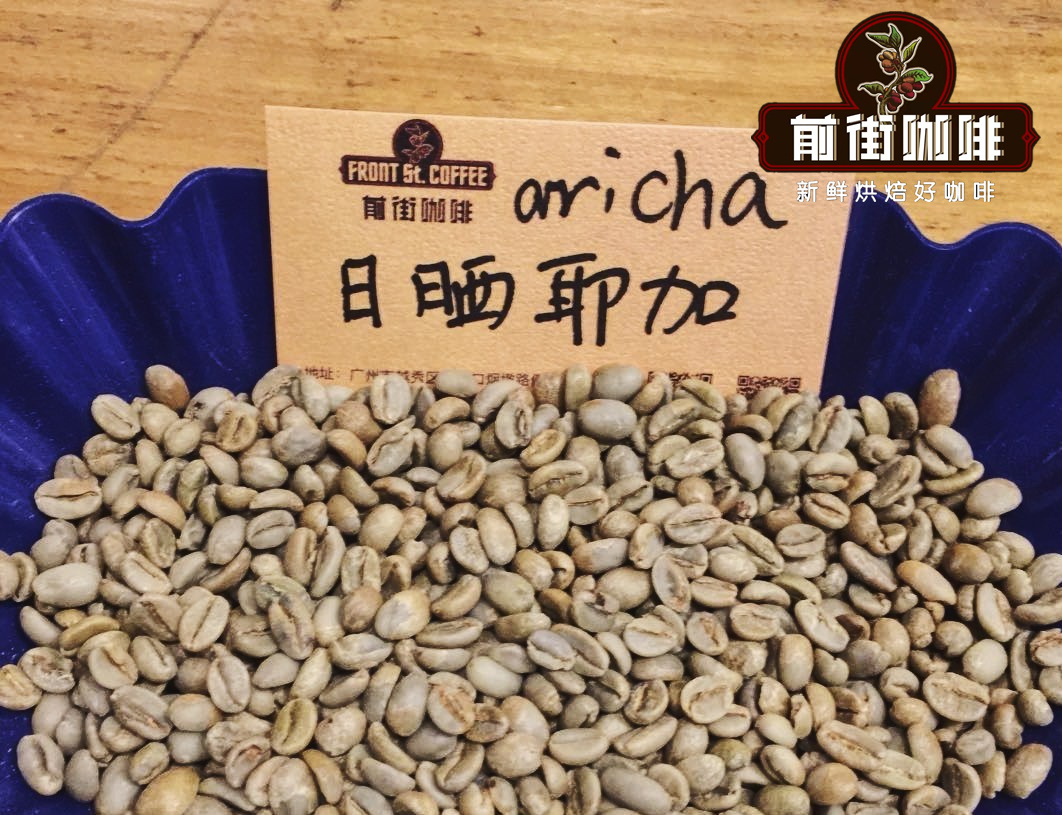
Qianjie told everyone not to underestimate the silver skin, the existence of silver skin also has a great impact on coffee brewing. Because if the silver skin is too much, the flavor of the brewed coffee will be astringent. However, if the raw bean overtreats the silver skin, it will lead to a decrease in flavor.
Therefore, through these ways, we can find that it is very easy to brew a cup of delicious coffee. If you want to really brew a cup of coffee flavor in the producing area, you need to constantly practice and try to adjust the parameters. The story about Yejasuefei coffee beans is still very long. If you really want to know more about Yejasuefe coffee beans, you are welcome to come to Qianjie Coffee Shop to exchange coffee culture and experience.
For more boutique coffee beans, please add private Qianjie coffee on Wechat. WeChat account: kaixinguoguo0925
Important Notice :
前街咖啡 FrontStreet Coffee has moved to new addredd:
FrontStreet Coffee Address: 315,Donghua East Road,GuangZhou
Tel:020 38364473
- Prev
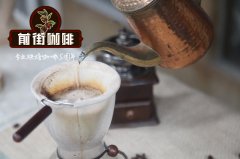
How to sunbathe Yega Xuefei Weituo Flowers? share the parameters of hand flushing in the front street.
Professional coffee knowledge exchange more coffee bean information please follow the coffee workshop (Wechat official account cafe_style) front street this Ethiopian coffee Yega Xuefei Weituo flower is from the Oromia Orami coffee farmers' cooperative, and has the organic certification of the British soil Association, growing in the mountains of 1500-2000 meters above sea level, with a G2 grade (G1 is very rare, G2 has been
- Next
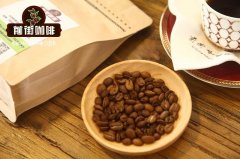
Hand Flush Yega Shefi Ariza Coffee Flushing Technique Teaching_How to Hand Flush Yega Ariza
Professional coffee knowledge exchange More coffee bean information Please pay attention to coffee workshop (Weixin Official Accounts cafe_style) Ethiopia Yirgacheffe Ariza G1 washed/ Ethiopia Yirgacheffe Aricha Washed G1 Yirgacheffe is a star producing area of Ethiopian fine coffee beans, and also a coffee planting area at high altitude. It is close to mountains and lakes, and unique Yerga
Related
- Detailed explanation of Jadeite planting Land in Panamanian Jadeite Manor introduction to the grading system of Jadeite competitive bidding, Red bid, Green bid and Rose Summer
- Story of Coffee planting in Brenka region of Costa Rica Stonehenge Manor anaerobic heavy honey treatment of flavor mouth
- What's on the barrel of Blue Mountain Coffee beans?
- Can American coffee also pull flowers? How to use hot American style to pull out a good-looking pattern?
- Can you make a cold extract with coffee beans? What is the right proportion for cold-extracted coffee formula?
- Indonesian PWN Gold Mandrine Coffee Origin Features Flavor How to Chong? Mandolin coffee is American.
- A brief introduction to the flavor characteristics of Brazilian yellow bourbon coffee beans
- What is the effect of different water quality on the flavor of cold-extracted coffee? What kind of water is best for brewing coffee?
- Why do you think of Rose Summer whenever you mention Panamanian coffee?
- Introduction to the characteristics of authentic blue mountain coffee bean producing areas? What is the CIB Coffee Authority in Jamaica?

